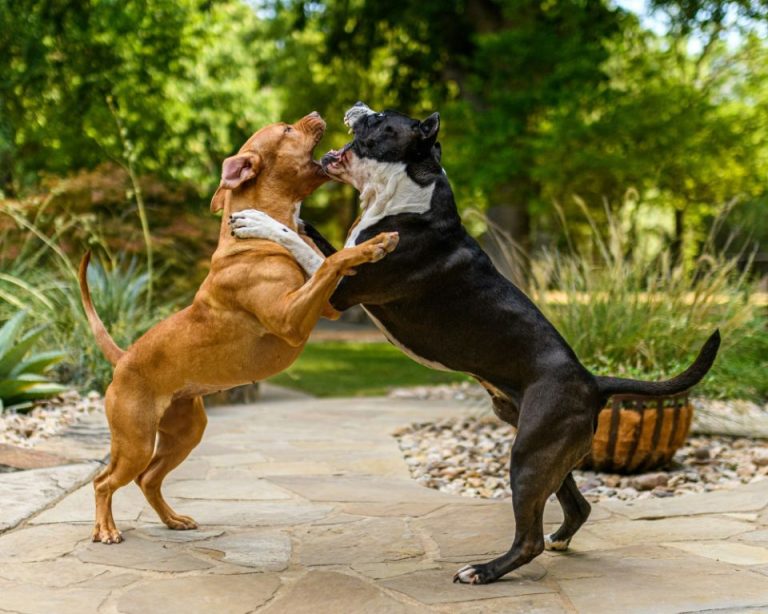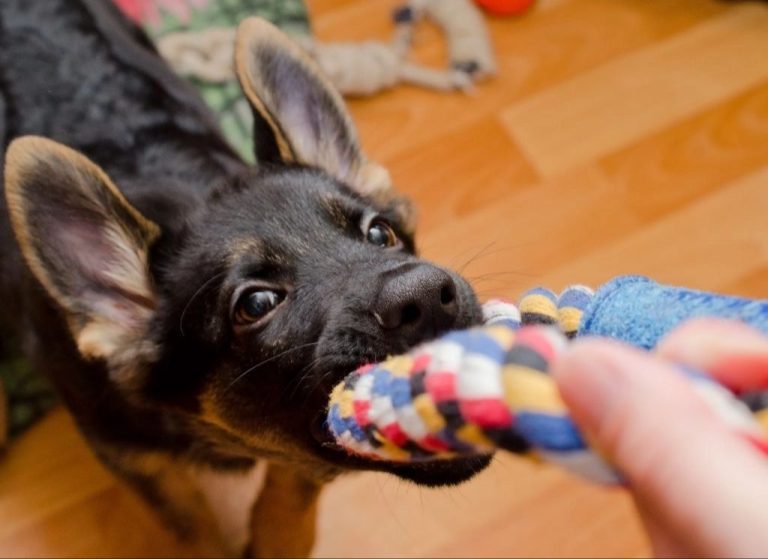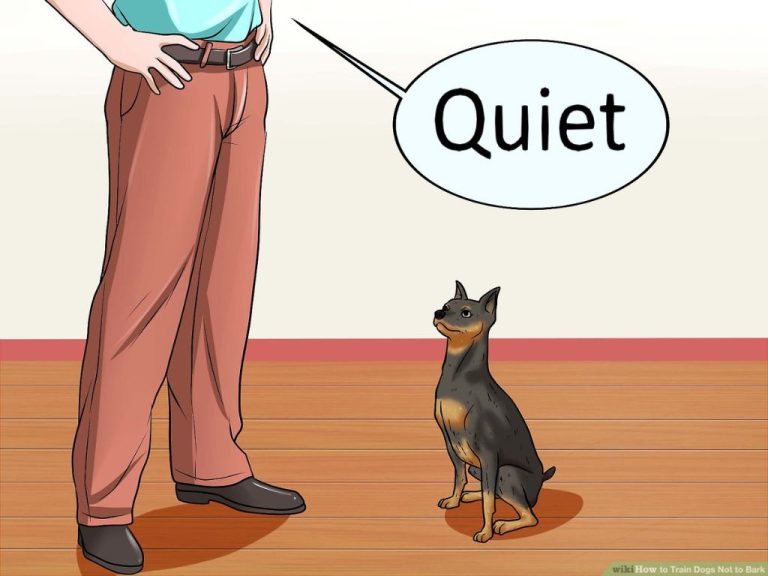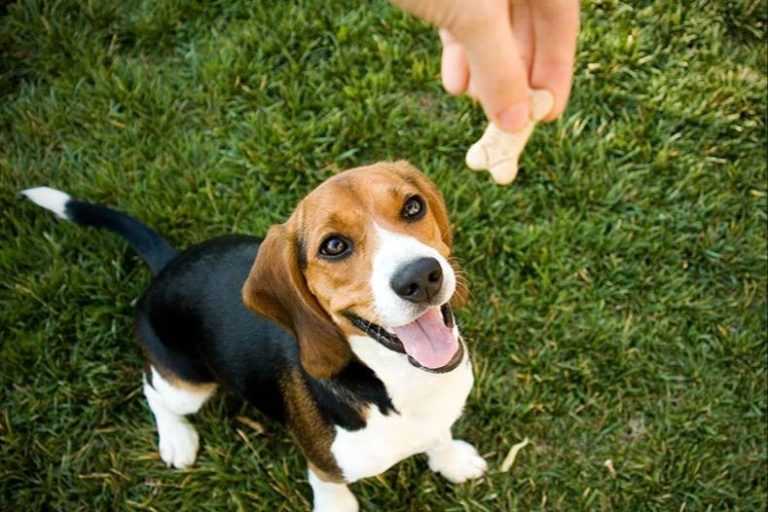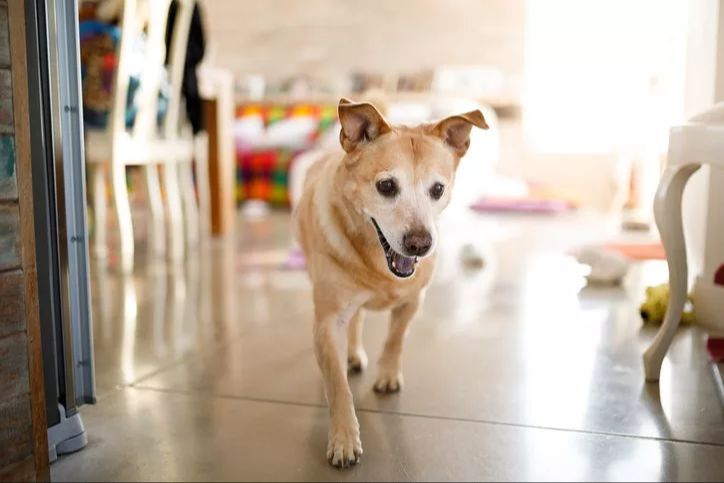Helping Your Dog Overcome Fear Of Handling: Gentle Desensitization Techniques
Fear and anxiety related to handling is a common issue for dogs, with studies showing that up to 40% of dogs display fearful behavior when examined by a veterinarian (Edwards et al., 2019). This fear can have a significant impact on dogs and their owners, making it difficult to properly examine and treat the dog.
Dogs that are fearful of handling may exhibit signs like trembling, hiding, growling, snapping, urinating, and more when being touched or restrained by their owner or veterinarian. This presents challenges not just for veterinary visits, but also for grooming, administrating medication, and other necessary handling procedures.
For owners, a dog’s fear of handling can be extremely stressful and upsetting. It takes time, patience and specialized training techniques to help dogs overcome these fears. If left unaddressed, the anxiety and fear can get progressively worse, leading to greater risks of bites and injuries when handling becomes necessary.
With gentle, positive desensitization techniques, it is possible to rehabilitate dogs and reduce their anxiety around handling over time. Helping dogs become more comfortable being touched and examined improves welfare, strengthens the human-animal bond, and facilitates needed veterinary care.
Causes of Fearful Behavior
There are several potential causes for fearful behavior in dogs:
Lack of socialization – Dogs that are not properly socialized from a young age are more likely to develop fears and phobias. Without regular positive interactions, they may become fearful of people, other animals, objects, places, etc. Socialization helps build confidence.
Negative past experiences – Traumatic events like an attack by another animal, abuse, abandonment, accidents, or even something as simple as a startled reaction to sudden loud noises can lead to lasting fearful reactions. The dog associates the experience with fear and avoidance.
Genetics/temperament – Some dogs are simply more anxious or fearful by nature. Breed disposition, parents’ temperaments, and early life experiences all contribute to a dog’s innate personality and tendency towards fearful behavior.
Signs of Fear in Dogs
Some common signs your dog is afraid include cowering, excessive lip licking, yawning when not tired, growling and snapping. Cowering is when your dog lowers their head and body in an attempt to appear small and non-threatening. Lip licking that is not related to eating is usually a self-soothing behavior dogs use when nervous. Excessive yawning when your dog is not sleepy can also be a calming signal for anxiety. Growling and snapping are more aggressive behaviors that signal your dog is on the defensive out of fear. If you notice any of these behaviors in situations involving handling, it likely indicates your dog is afraid and needs help overcoming their fear.
Safety Tips
When working with a fearful dog, it’s important to prioritize safety for both the dog and the handler. Here are some tips:
Use proper equipment like a slip lead when handling the dog. Unlike collars, slip leads give you more control and reduce choking hazards if the dog panics. Adjust the size so it’s snug but not too tight (ASPCApro).
Have two people present to handle the dog. One person can focus on the dog while the other operates doors, distributes treats, etc. Having an extra set of hands makes the process smoother and less stressful for the dog.
Use a muzzle if necessary. While muzzles should not be used to force interaction, they can prevent bites if the dog is severely fearful. Introduce the muzzle gradually using treats so the dog is comfortable wearing it (Cornell).
Desensitization Techniques
Desensitization techniques utilize gentle exercises that gradually expose your dog to stimuli that provoke their fearful response (1). The goal is to countercondition their fear by associating the previously feared stimuli with something positive, like treats, praise, play, and attention (2). This creates new positive associations that help the dog feel more relaxed and comfortable over time.
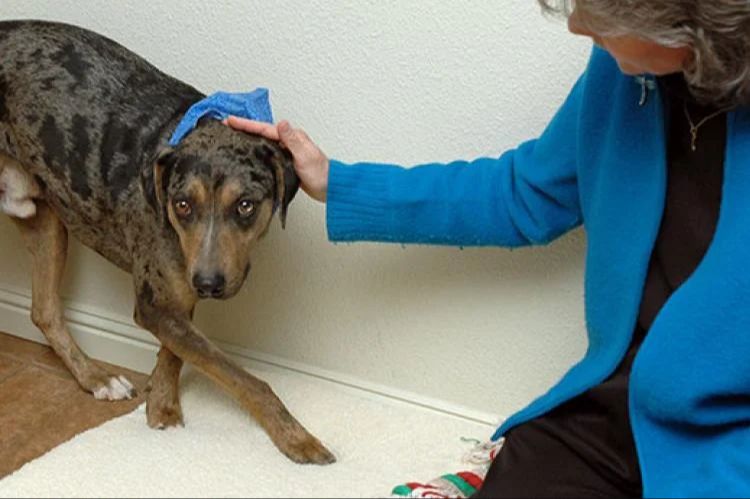
Some desensitization techniques for overcoming fear of handling include:
Treats and Praise: Have tasty treats ready and praise your dog in an encouraging, happy tone when they allow handling or touch. The more positive reinforcement they receive, the more they will associate handling with good things.
Touch Exercises: Start by briefly touching areas of their body they are comfortable with, like chest, back, or shoulders. Slowly work up to gentle touches on more sensitive areas as they relax. Go at their pace and keep sessions short.
Hand Targeting: Teach your dog to touch their nose to your open palm on command, rewarding with treats. Gradually work up to sustained touch and handling of their muzzle and head.
Brushing: Begin brushing in short intervals of 30 seconds to a minute on less sensitive areas as they learn to associate brushing with rewards. Slowly work up to longer brushing sessions.
It’s important to go slow, reward relaxation and small successes, and stop before your dog shows any fearful reactions. Over multiple gradual training sessions, your dog will gain confidence and feel safer being handled.
Creating Positive Associations
When trying to help your dog overcome their fear of being handled, it’s important to slowly create positive associations with touch and handling. This can be done by pairing being handled with things your dog finds rewarding.
Some ways to build positive associations include:
- Using your dog’s favorite treats and toys during handling sessions. The treats give them something to look forward to.
- Using a happy, upbeat voice and gentle petting so they associate handling with praise and affection.
- Pairing handling and touch with fun activities like going for a walk or playing fetch. This connects it to things they enjoy.
Creating these positive experiences, even in small ways daily, can gradually help counteract any negative associations and fears around being handled. It teaches your dog that good things happen when you touch or handle them.
Going At Their Pace
When using desensitization techniques, it’s important not to push your dog too far too fast. You’ll want to work in short, focused sessions and end each one on a positive note before your dog becomes overwhelmed. According to experts, “Desensitization training needs to be a slow, methodical process” (caninescholars.com, 2022).
Start with very short sessions of just a few minutes once or twice a day. Gradually build up the duration and frequency as your dog becomes more comfortable. Look for signs of stress like lip licking, yawning, or trying to move away. These are indicators to pause or take a break. You know you’ve pushed too far if your dog reacts by barking, growling, or hiding.
The key is to keep sessions short, positive and below your dog’s stress threshold. Don’t expect drastic changes right away. Desensitizing and counterconditioning can take weeks or months depending on your dog’s unique needs. Be patient and focus on steady progress. With time, fearful behaviors can be greatly reduced through this gradual, dog-centric approach.
Professional Help
In some cases, working with a professional may be necessary to help an extremely fearful dog. There are two main types of professionals that can provide specialized assistance:
Veterinary behaviorists are licensed veterinarians who have undergone additional training in animal behavior. They can diagnose medical conditions that may be contributing to a dog’s fearful behavior. Veterinary behaviorists can also prescribe medication if needed.
Certified trainers use positive reinforcement techniques tailored to the individual dog. They help fearful dogs slowly overcome their anxieties through desensitization and counterconditioning. Certified trainers develop customized training protocols to meet each dog’s specific needs.
Working with a qualified professional provides the guidance and accountability needed to make steady progress. They understand dog psychology and behavior to change the dog’s emotional response. With expertise and patience, professionals can help fearful dogs become more confident.
Medication
In some cases, medication may be useful in the short or long-term for helping dogs overcome fear and anxiety. Medications should always be prescribed by a veterinarian who can weigh the risks and benefits for your individual dog.
Short-term anti-anxiety medications like alprazolam (Xanax), dexmedetomidine (Sileo), and buspirone can help take the edge off during desensitization training or high-stress situations like thunderstorms or fireworks. They work quickly to relieve anxiety symptoms but are usually only prescribed for limited periods of time due to the potential for dependence.
Long-term medications like fluoxetine (Prozac) and clomipramine (Clomicalm) influence neurotransmitters in the brain to reduce anxiety over the course of weeks or months. These medications require patience and persistence, as their effects build up gradually. They can be very helpful for dogs with ongoing generalized anxiety, separation anxiety, or phobias. Your veterinarian can advise you on whether long-term medication could benefit your anxious dog.
While medication can be a useful part of a treatment plan for canine anxiety, it’s most effective when combined with behavior modification techniques like desensitization and counterconditioning. Work closely with your vet to find the safest and most effective medication protocol tailored to your individual dog’s needs.
Success Stories
There are many real-world examples of dogs overcoming their fear of being handled through proper training and desensitization techniques. The transformations can be remarkable when owners are patient and dedicated to helping their dogs.
For example, Tosha was an extremely fearful dog who would shake and urinate when people tried to touch her (Source: https://ohio4leggedscholars.com/middlefield-dog-training-success-stories/a-success-story-of-a-fearful-dog/). After working with professional trainers using positive reinforcement, she learned to enjoy petting and handling. The difference was night and day. Now Tosha seeks out affection instead of shrinking away in fear.
Another fearful rescue dog named Jodi would try to bite out of fear and attacked other dogs she saw (Source: https://statk9training.com/success-stories/). Through customized training and desensitization, Jodi became comfortable being handled and socialized with other dogs. Her transformation helped her find a forever home.
The key is to be patient, gentle, and consistent while counterconditioning the dog to enjoy touch and handling. With time and effort, even extremely fearful dogs can learn to trust people and overcome their anxieties. The success stories show it’s possible.

